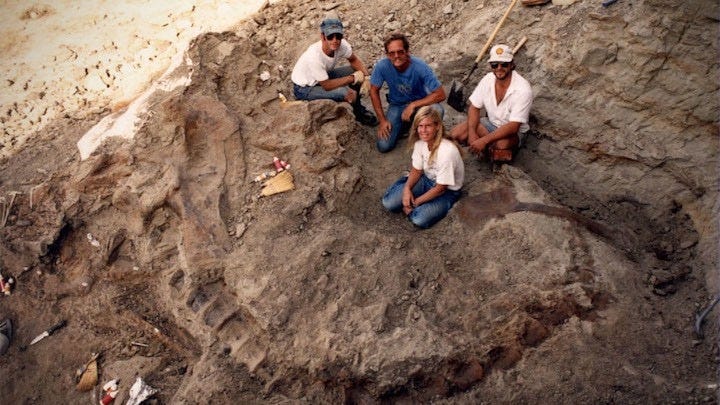‘Dinosaur 13’ Review: A Dig at the Federal Government That Misses Its Mark

The importance of documentation is a key theme in Dinosaur 13, a film about a near-complete Tyrannosaurus rex skeleton found in South Dakota in 1990. The government seizure of the fossil made national news, and now the subsequent legal battle between the paleontologists who discovered “Sue,” as the creature has been named, and Federal authorities forms …


